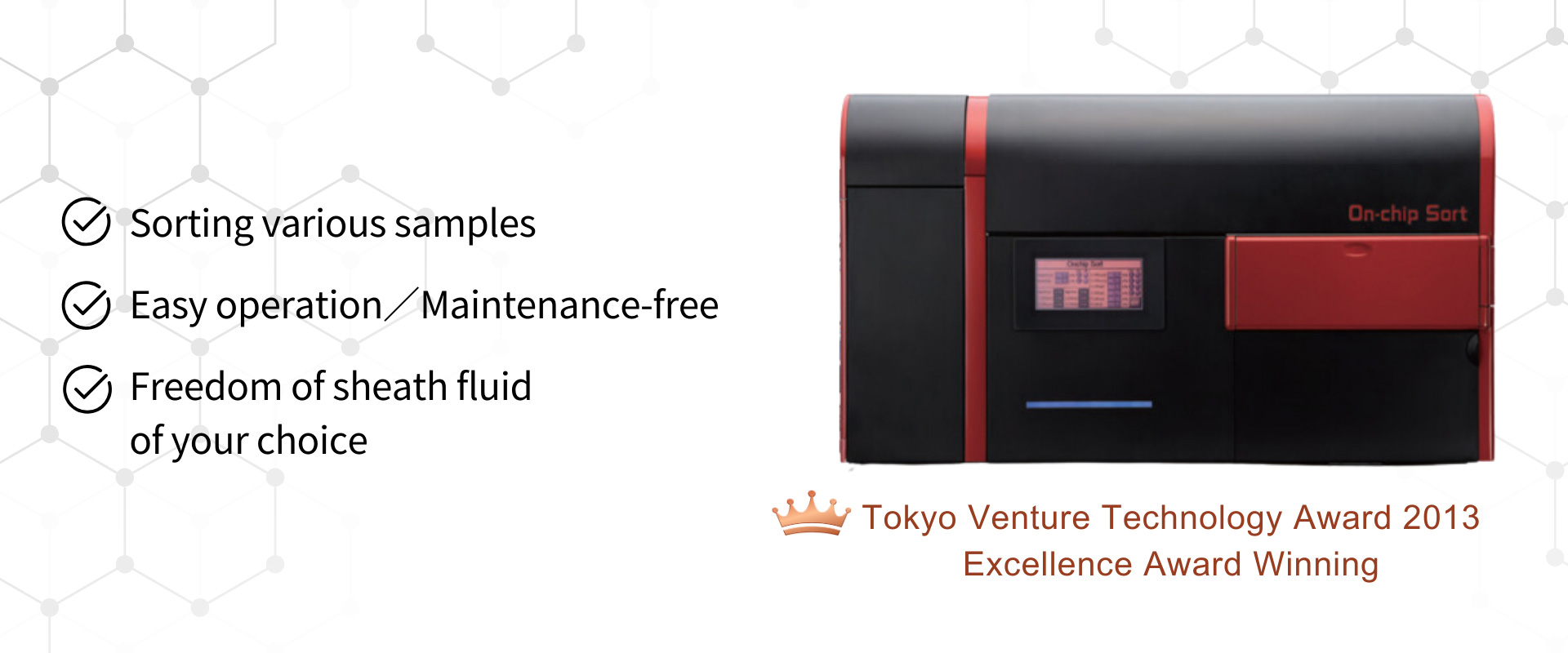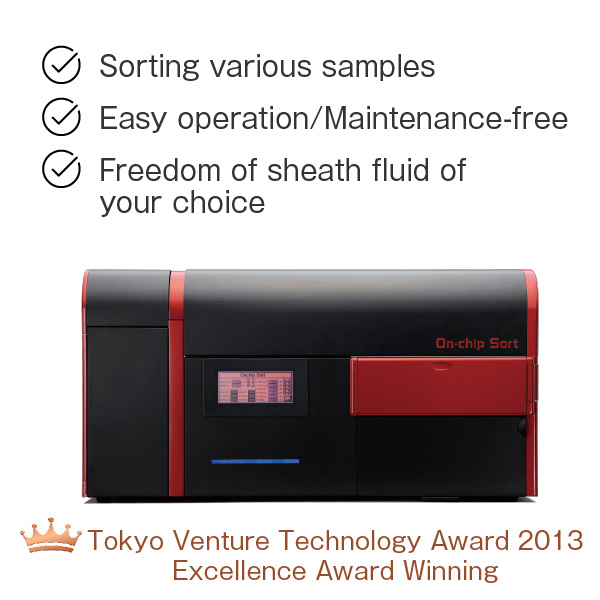On-chip Sort is the world’s first microfluidic chip-based cell sorter. Integrating the processes of sample detection, separation, and collection within a microfluidic chip has realized a small footprint and easy-to-use cell sorter. This system contributes to the analysis and sorting of a wide range of samples including fragile cells, cell clusters, microorganisms and emulsion droplets.
Our microfluidic technology allows for sorting of variety of sample types including those that were impossible to sort using conventional cell sorters. On-chip Sort will expand the range of sample analysis and contribute to many areas of science research and to a variety of industries.
FEATURES
Microfluidic chip technology
On-chip Sort integrates the entire process from sample analysis to separation on a small microfluidic chip with measurements of 5.5 cm × 4.0 cm.
In contrast to Jet-in-air and cuvette-hybrid sorting methods used on conventional cell sorters, the Flow Shift method of On-chip Sort does not cause damage to cells due to the use of less than flow speed of 1 m/s and pressure of 0.3 psi. The Flow Shift method sorts a target cell by generating a short liquid pulse by pressurization of air to deflect the target cell into the collection reservoir (patent Nos. US10101261, US10222317, US10724938, and US10648899).
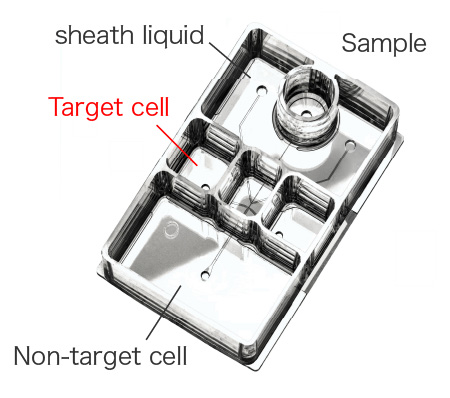
-
Search Engine for Microbes / Cell
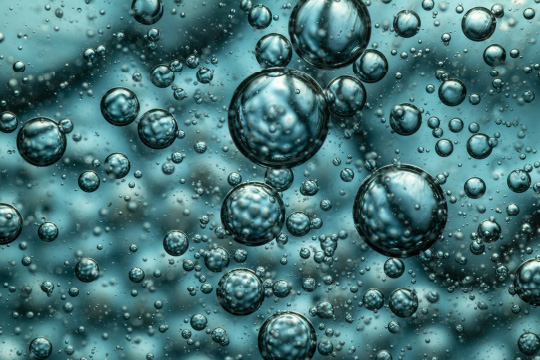
Screening of environmental microbes, antibody-producing cells, and mutant strains using droplets. -
Sorting Cells with Damage-free

Isolation of cells and large particles vulnerable to stress. -
Free Sheath Liquid Selection
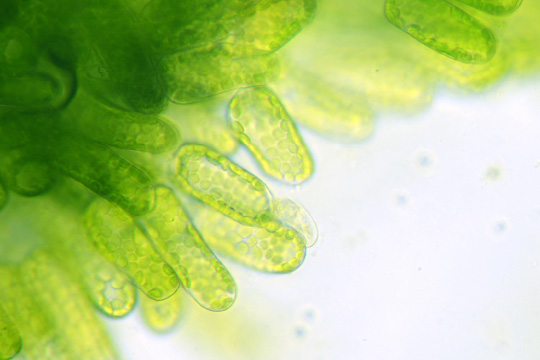
Analysis of more than 100㎛ cells/Free sheath liquid selection according to sample
Easy operation/Maintenance free
On-chip Sort’s workflow requires no waiting time and is simple operation and user-friendly.
Maintenance and cleaning are not required as all the solutions on the microfluidic chip are driven by air and hence no liquid will be in contact with any parts of the instrument.

Compact size/Contamination-free
On-chip Sort is compact enough to be installed in a biosafety cabinet.
Sample analysis and sorting are contamination-free due to the use of disposable microfluidic chips.

Various samples/Freedom of sheath fluid of your choice
As cells are sorted using regulation of liquid flow inside the microchannels, hence a wide range of liquids can be used as sample and sheath fluids, including culture medium and oil.
Sample examples:
- Mammalian cells
- Plant cells
- Protists
- Bacteria / Fungi
- Droplets
Sheath fluid examples:
- Culture medium
- Isotonic solution
- Seawater and freshwater
- Oil
- Highly viscous culture medium
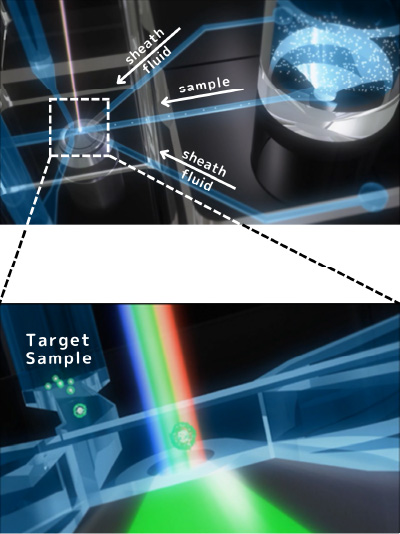
Optical technology
The sample flowing through the microfluidic channel is irradiated with up to three lasers from the top of the microfluidic chip. Fluorescence is detected with high sensitivity in a wide range by six separate detectors (FL).
Forward-scattered light (FSC), an indicator of the size of the sample particles, and side-scattered light (SSC), an indicator of the complexity of the internal structure, are acquired.

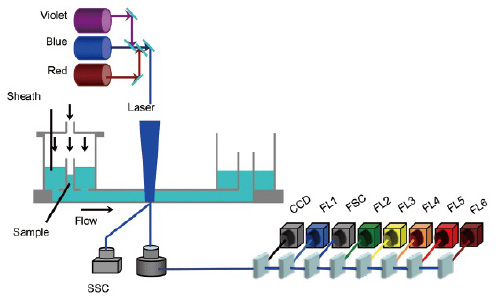
Dectction
・FL1:455/20 nm
・FL2:543/22 nm
・FL3:607/36 nm
・FL4:676/37 nm
・FL5:716/40 nm
・FL6:775/46 nm
・FSC:Forward-scattered light
・SSC:Side-scattered light
Cell sorting / Droplet sorting
Cell sorting
We promote new approaches and applications in various research fields with remarkable features of our microfluidic chip cell sorter, On-chip Sort.
On-chip Sort is used for samples that were previously difficult to handle, such as neurons, sperm and cell clusters.
See also “Applications” for details of cell sorting technology.
Droplet
On-chip Sort is capable of sorting water-in-oil (W/O) emulsion droplets and gel microdrops (GMDs). W/O droplets are liquid droplets dispersed in oil and are stabilized by surfactant. GMDs are droplets solidified using gels. Both W/O droplets and GMDs can be produced by our droplet generator, On-chip Droplet Generator, for single cell analysis and microorganism/cell culturing.
See also “Applications” for details of cell sorting technology.
SPEC & Product Information
| Optical system and detection sensitivity | ||
|---|---|---|
| Laser | Up to 3 lasers from 488 nm, 405 nm, 561 nm and 638 nm; customization available | |
| Laser class | Class 1 laser(IEC 60825-1:2014) | |
| Measurement parameters | Forward scatter light (FSC), side-scatter light (SSC), 6 PMT | |
| Size detection sensitivity | FSC < 0.5μm, SSC < 1.0 μm | |
| Fluorescence sensitivity | < 200 MESF FITC | |
| Data analysis capability | 4 decades, 18 bit | |
| Pulse analysis | Height, Area, Width | |
| Detection wavelength | FL1 (445/20 nm), FL2 (543/22 nm), FL3 (607/36 nm), FL4 (676/37 nm), FL5 (716/40 nm), FL6 (775/46 nm) | |
| Fluid channel system | ||
| Flow cell | Disposable microfluidic chip | |
| Chip material | COP | |
| Channel size | 80 μm × 80 μm, 150 μm × 150 μm | |
| Flow rate | 500 mm/sec~ | |
| Sheath buffer | Any liquid can be used as long as COP is not dissolved | |
| Sample fluid volume | 10 ~ 1000 μL | |
| Sheath fluid volume | 1 ~ 9 mL | |
| Analysis and sorting | ||
| Sorting method | “Flow shift” method in the microfluidic system | |
| Purity | > 95% (depends on concentration) | |
| Yield | > 80% (depends on condition) | |
| Cell damage | No | |
| Cross-contamination free | Yes, because of the disposable chip | |
| Aseptic sorting | Yes | |
| Pressure | 0.3 – 3psi | |
| Maximum detection speed | 4,000 events/sec | |
| Maximum sorting speed | 1,000 targets/sec | |
| Start-up | 5 min | |
| Shutdown | 10 sec (no cleaning necessary) | |
| Safety | ||
| Generation of aerosol | No | |
| Size and weight | ||
| Size (W×H×D) | 620 × 330 × 390 mm | |
| Weight | 45 kg | |
| Operating PC | ||
| PC | Laptop PC | |
| OS | Windows 10, 64 bit | |
| Data format | Own format and FCS3.0 | |
| Power supply | ||
| Power requirement | AC100-240V, 50/60Hz | |
| Power consumption | < 240 VA | |
Instrument information
| Product number | Product name | Specification summary | Lasers | Detectors |
|---|---|---|---|---|
| 362S3001 | On-chip Sort HS | Laser 3, FS, SS, FL (6 colors) |
|
|
| 362S3001G | On-chip Sort HSG |
|
||
| 362S3001GR | On-chip Sort HSGR |
|
||
| 262S3001 | On-chip Sort MS6 | Laser 2, FS, SS, FL (6 colors) |
|
|
| 252S3001 | On-chip Sort MS5 | Laser 2, FS, SS, FL (5 colors) |
|
|
| 252S3001G | On-chip Sort MS5G |
|
||
| 152S3001 | On-chip Sort LS5 | Laser 1, FS, SS, FL (5 colors) |
|
| 【Lasers】 | Up to three types including blue (488 nm) as standard and two selected from violet (405 nm), green (561 nm), or red (638 nm) can be used (additional types are also available). |
|---|---|
| 【Detectors】 | Up to six fluorescence detectors FL1 to FL6 can be installed. FL1 : 445/20 nm, FL2 : 543/22 nm, FL3 : 607/36 nm, FL4 : 676/37 nm, FL5 : 716/40 nm, FL6 : 775/46 nm |

